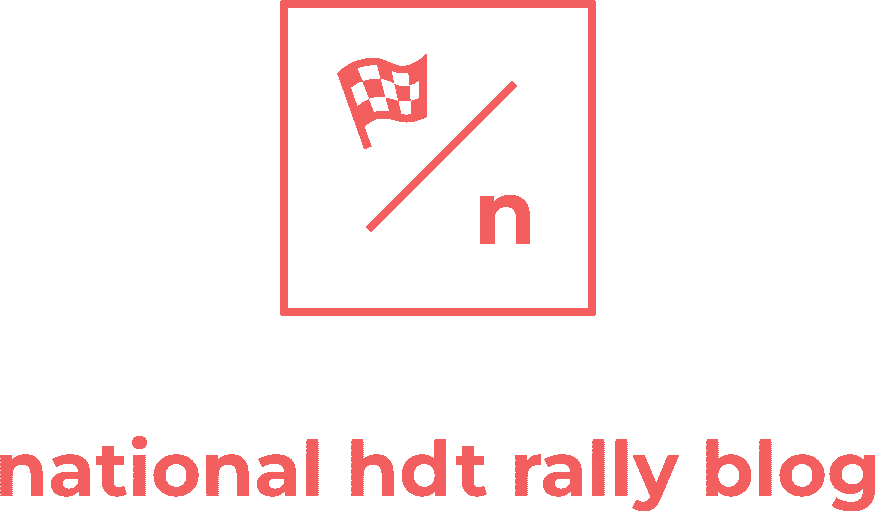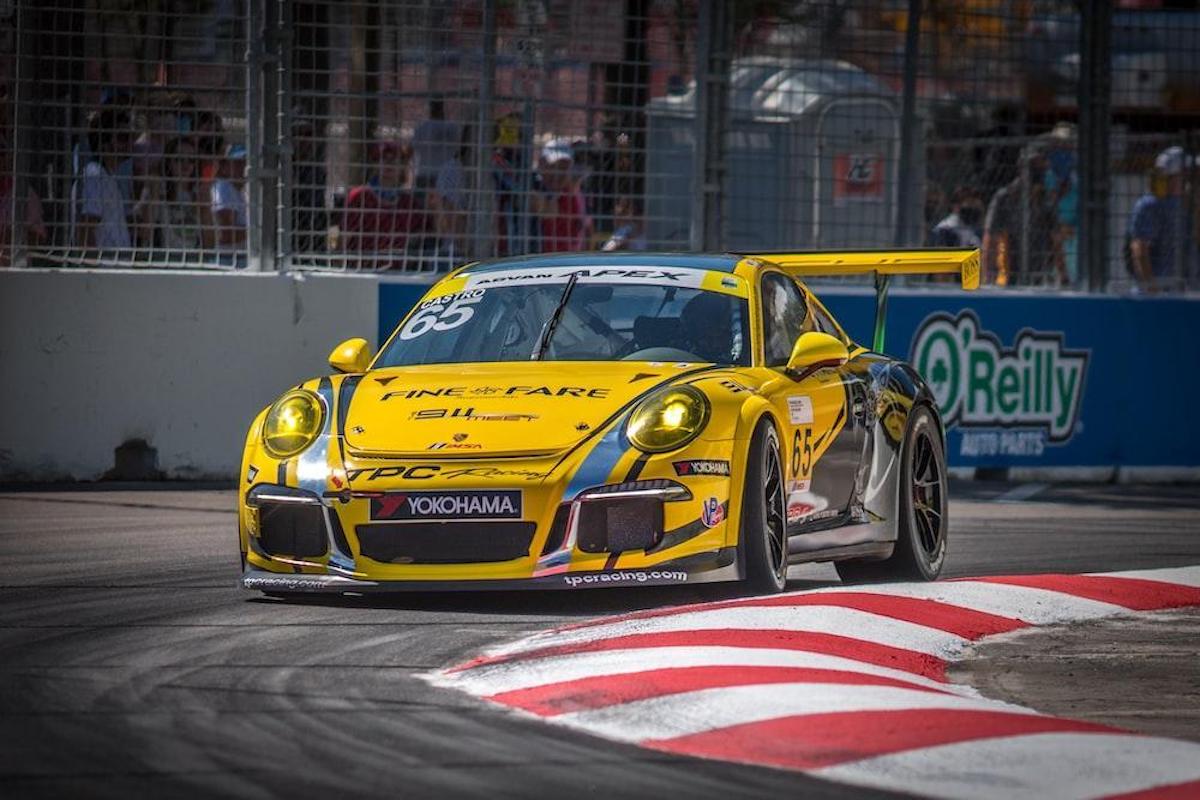The Formula 1 calendar has undergone significant evolution over the years, reflecting the sport’s growth and global appeal. From its humble beginnings in the 1950s to the prestigious international championship it is today, the F1 calendar has seen numerous changes in terms of venues, races, and formats.
In the early days of Formula 1, the calendar was dominated by European races, with iconic circuits such as Monaco, Silverstone, and Monza hosting the majority of races. The season typically consisted of around ten races, with the calendar expanding gradually over the years as the sport gained popularity.
The 1970s and 1980s saw a gradual shift towards more international races, with events in countries such as Brazil, South Africa, and Japan being added to the calendar. This trend continued into the 1990s and 2000s, with races in countries like Malaysia, Bahrain, and China becoming regular fixtures on the F1 calendar.
In recent years, the F1 calendar has continued to evolve, with races in new markets such as Azerbaijan, Russia, and Vietnam being introduced. The number of races in a season has also increased, with the calendar now typically comprising around 20 races spread across different continents.
One of the most significant changes to the F1 calendar in recent years has been the addition of night races, such as the Singapore Grand Prix and the Abu Dhabi Grand Prix. These races have added a new element of excitement and spectacle to the sport, with the bright lights and city backdrops providing a unique setting for racing.
The format of the F1 calendar has also evolved over time, with changes being made to the race weekend schedule and the points system. The introduction of the knockout qualifying format in 2006, for example, added a new level of excitement to the qualifying sessions, while the introduction of the hybrid power unit in 2014 marked a major shift in the technical regulations of the sport.
Overall, the evolution of the F1 calendar reflects the changing landscape of the sport and its global appeal. With new races and venues being added regularly, and the continued efforts to expand into new markets, the F1 calendar is sure to continue evolving in the years to come, providing fans with even more thrilling races and unforgettable moments.



